Description
Caprylic/Capric Triglyceride: The Skincare Star You’ve Probably Never Heard Of
You might not recognize the name, but Caprylic/Capric Triglyceride is likely already a quiet workhorse in your beauty routine. This seemingly complex ingredient is a staple in countless skincare, haircare, and cosmetic products. But what exactly is it, and why is it so popular? Let’s dive into the world of Caprylic/Capric Triglyceride.
What is Caprylic/Capric Triglyceride?
Caprylic/Capric Triglyceride (CCT) isn’t a scary chemical concoction, but rather a mixture of fatty acids derived from coconut oil and glycerin. It’s synthesized by combining caprylic acid and capric acid (both found naturally in coconut oil) with glycerin, a humectant that draws moisture into the skin. This process results in a clear, odorless, and non-greasy liquid.
Why is it a Skincare Superstar?
CCT boasts a variety of benefits that make it a go-to ingredient for formulators:
- Emollient: CCT is an excellent emollient, meaning it helps soften and smooth the skin. It creates a protective barrier on the skin’s surface, preventing moisture loss and leaving it feeling hydrated and supple.
- Occlusive: While CCT is lightweight, it also acts as an occlusive agent, meaning it helps to trap moisture within the skin. This is especially beneficial for dry or sensitive skin.
- Solvent: CCT acts as a solvent, meaning it can help dissolve other ingredients in a formulation, allowing them to blend more easily and penetrate the skin effectively. This makes it useful for delivering active ingredients like retinol or vitamin C.
- Texture Enhancer: CCT is known for its ability to improve the texture and feel of products. It creates a smooth, silky consistency, making creams and lotions easier to apply and less greasy.
- Gentle and Non-Irritating: CCT is generally considered to be a very gentle and non-irritating ingredient, making it suitable for even sensitive skin types.
- Stable and Shelf-Stable: CCT is a stable ingredient, meaning it doesn’t easily oxidize or degrade, which helps to extend the shelf life of products.
Where Can You Find It?
Given its versatility, CCT can be found in a vast array of products, including:
- Moisturizers and Lotions: For its emollient and occlusive properties.
- Sunscreens: To help spread the sunscreen evenly and improve the feel on the skin.
- Cleansers: As a gentle solvent and emollient to help remove makeup and impurities without stripping the skin.
- Serums: To help deliver active ingredients and improve the texture of the serum.
- Makeup: In foundations, primers, and lipsticks for its smoothing and hydrating benefits.
- Haircare Products: In conditioners and hair masks for its emollient properties, leaving hair soft and manageable.
Is Caprylic/Capric Triglyceride Right for You?
Generally, yes! CCT is considered safe for all skin types, including sensitive skin. However, as with any ingredient, it’s always a good idea to do a patch test on a small area of skin before applying a new product all over your face.
The Bottom Line:
Caprylic/Capric Triglyceride is a versatile and well-tolerated ingredient that plays a vital role in many beauty products. Its emollient, occlusive, and solvent properties make it a valuable addition to skincare routines. So, the next time you’re scanning the ingredient list on your favorite moisturizer, don’t be intimidated by the name – CCT is likely working hard to keep your skin happy and healthy.


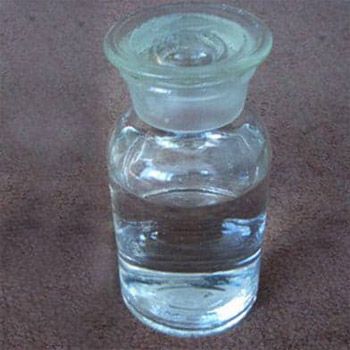
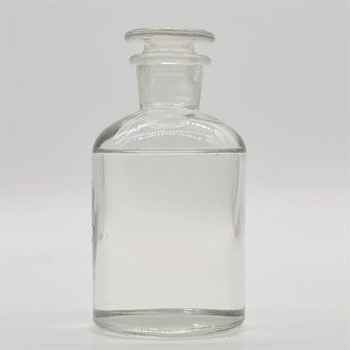
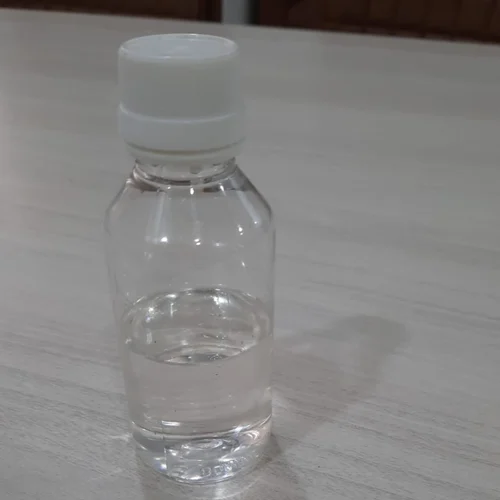
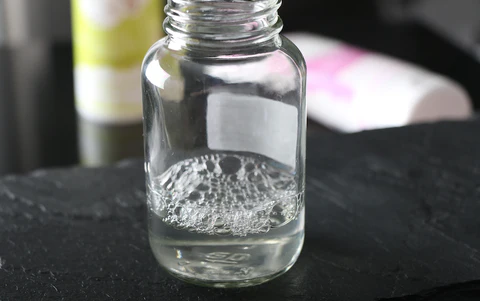
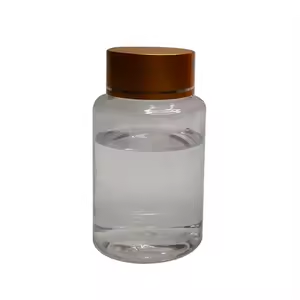
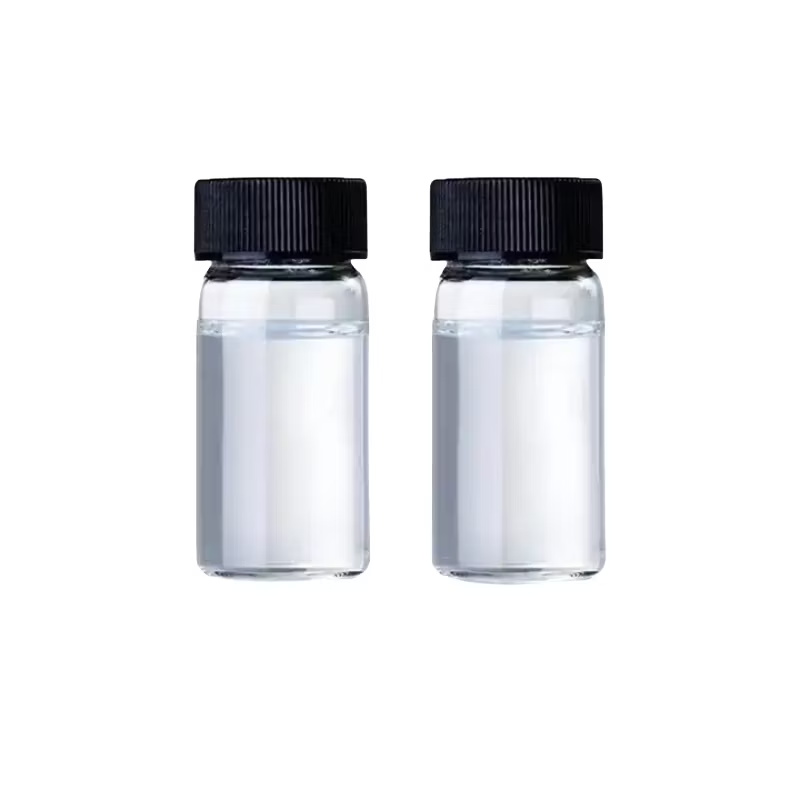
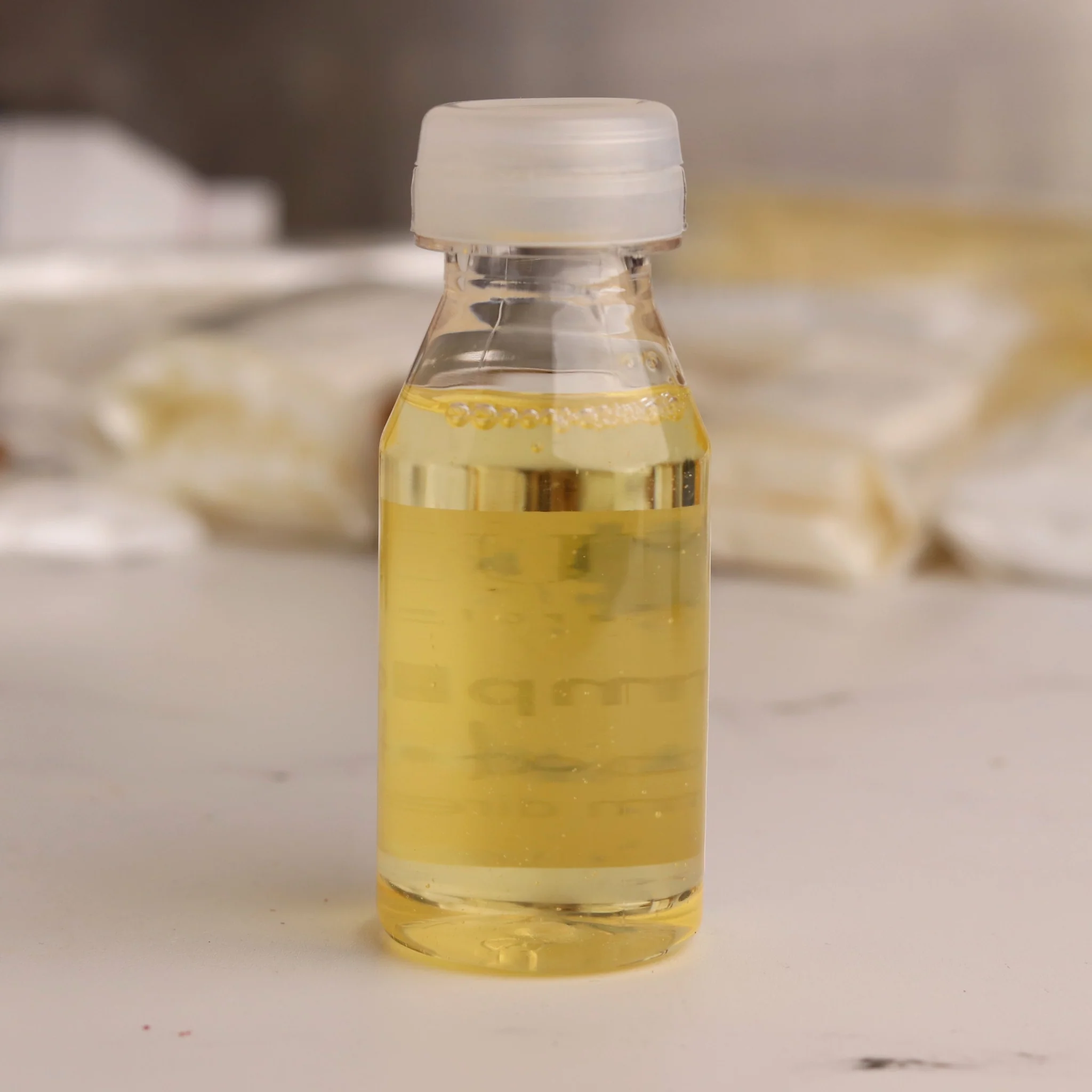


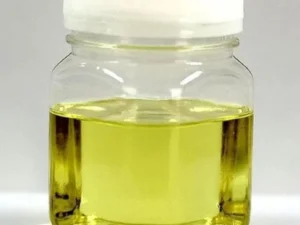

Reviews
There are no reviews yet.